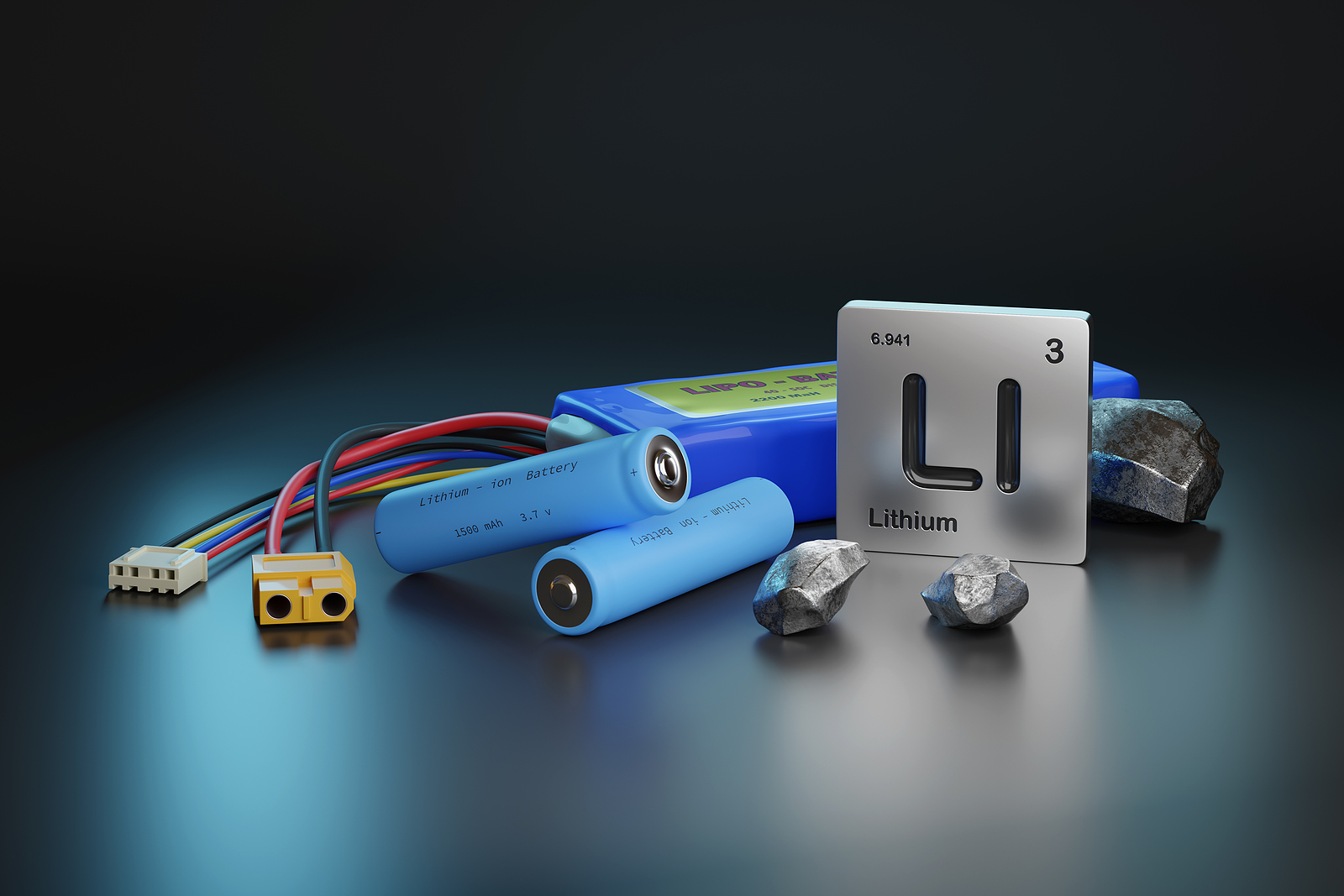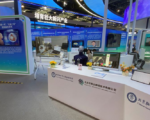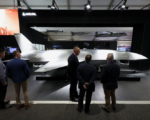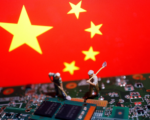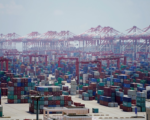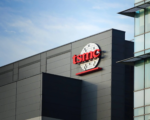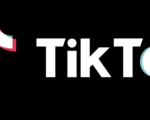Despite a significant drop in lithium prices, many mines, particularly those operated by Chinese companies, continue to produce the raw material essential for electric vehicle (EV) batteries. This ongoing production, despite weak prices, is leading to a prolonged oversupply of lithium, which is expected to keep prices low for years. Battery makers, some of which own or invest in lithium operations, are benefiting from this surplus.
Continued Production Amid Price Weakness
The lithium market has experienced significant volatility, with prices for lithium hydroxide plunging nearly 90% since December 2022. However, many producers are maintaining operations despite price declines. Some of these mines are operating at a loss, but producers are reluctant to halt production due to concerns over losing market share and the complexities of restarting mines.
The global lithium supply is projected to increase by 25% this year and another 15% in 2025, contributing to the glut. Analysts estimate that around 10% of lithium production is currently unprofitable. However, mines in regions such as China, Australia, and Zimbabwe remain open, with some producers absorbing losses due to their integration into global supply chains or strategic interests.
China’s Strategic Investment and Zimbabwe’s Role
China has significantly invested in lithium projects globally, including in Zimbabwe, which has quickly risen to become the world’s fourth-largest supplier. Despite high production costs, Chinese-owned mines in Zimbabwe continue operations, often at a loss, due to the strategic importance of securing lithium supplies. Chinese companies also absorb some of these costs through downstream activities, including battery production, which helps maintain a steady flow of raw materials for the EV and battery sectors.
Australian Mines and Battery Maker Support
In Australia, where lithium extraction costs are also high, some companies have maintained production with support from battery manufacturers. Australian miner Mineral Resources, for instance, has kept its higher-cost mines running, partially offsetting losses with other profitable mineral production. Similarly, Liontown Resources has kept its Kathleen Valley mine operational, bolstered by a $250 million investment from South Korean battery maker LG Energy Solution.


